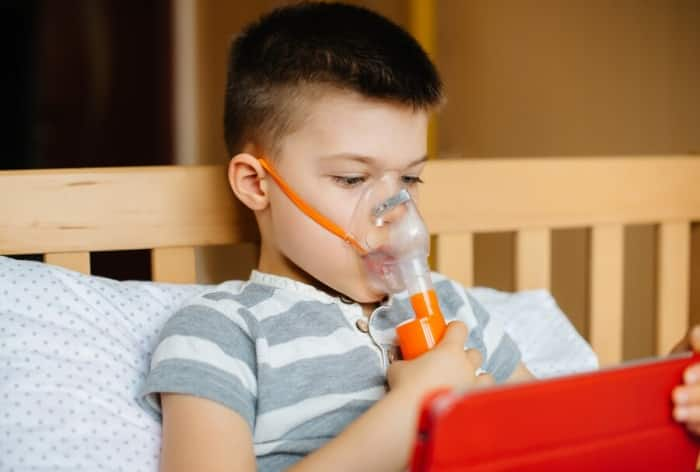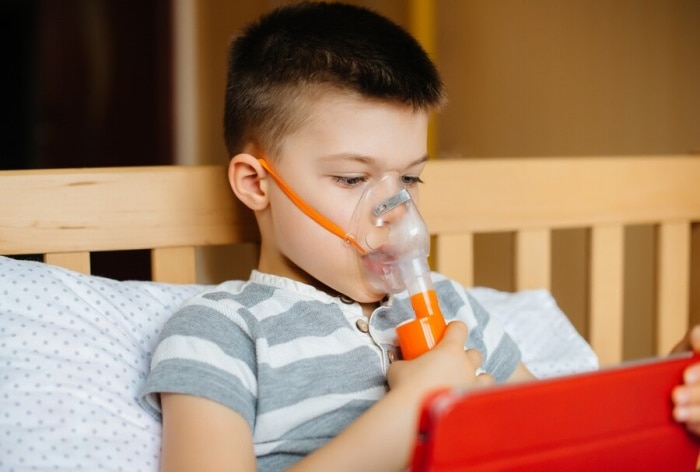Asthma can be get worse in kids when triggers are not managed properly. Read on as expert explain how to manage allergens effectively.

Asthma is becoming a growing health concern across India. The dangerously rising air pollution is leading to several respiratory issues. Childhood asthma poses significant health challenges in India, impacting over 34 million people, notably with a prevalence of upto 7.9% among children. Understanding the triggers and implementing preventive measures are crucial in managing this chronic condition, especially to mitigate complications and improve the quality of life of children suffering from it. Regular reviews with a specialist and appropriate treatment form an important part of Asthma management.
ASTHMA IN KIDS: 5 WAYS TO MANAGE TRIGGERS
Speaking exclusively with India.com, Dr NandanaBala – Pediatric Pulmonologist Rainbow Children’s Hospital, Marathahalli, Bangalore, explained that viral infections, particularly influenza, are major triggers for asthma exacerbations in children. The flu virus damages the airways, leading to inflammation and bronchospasm, exacerbating asthma symptoms. Similarly, air pollutants, including secondhand smoke, vehicular emissions, and indoor allergens like house dust mites, pet dander and mold spores, contribute significantly to asthma exacerbations.
- To mitigate the risks of air pollutants, parents should implement measures like:
- opening windows regularly to ventilate the home
- using air purifiers and filters
- limiting children’s exposure to highly polluted outdoor areas.
- Reducing clutter and meticulously cleaning the home helps control allergen levels.
With vigilance against both outdoor and indoor air pollutants, parents can protect children from asthma triggers.
An Allergy test may help to identify the allergic triggers in your child. Dust mites and mold, thrive in damp environments and can exacerbate asthma symptoms. Dust mite exposure, common in bedding and carpets, can worsen asthma severity. Mold tends to propagate in damp areas like basements and bathrooms. Regular cleaning, humidity control below 50%, and using air purifiers with HEPA filters are effective preventive measures against these triggers. To minimize dust mite exposure, it is important to practice diligent cleaning regimens. Vacuuming upholstery weekly, washing bedding in hot water every week and using allergen-proof mattress and pillow covers can help reduce dust mites and mold. Maintaining indoor humidity below 45-50% helps curb mold growth. Air purifiers equipped with HEPA filters can also trap mold spores.
Physical activity, which is an important aspect of childhood development, may pose challenges for children with asthma susceptible to exercise-induced bronchoconstriction (EIB). While regular physical activity remains indispensable for overall health, proactive measures must be adopted to mitigate the risks of EIB. Encouraging proper warm-up and cool-down routines, alongside the judicious use of bronchodilator inhalers before exercise, empowers children to partake in physical activity without compromising respiratory well-being.
Cold air can sometimes be an asthma trigger, especially in children. Cold, dry air can irritate the airways and cause them to constrict, leading to asthma symptoms like coughing, wheezing, and shortness of breath. Covering the nose and mouth with a face mask can help. Wearing a face mask may also help filter out other asthma triggers like pollen or pollutants.

